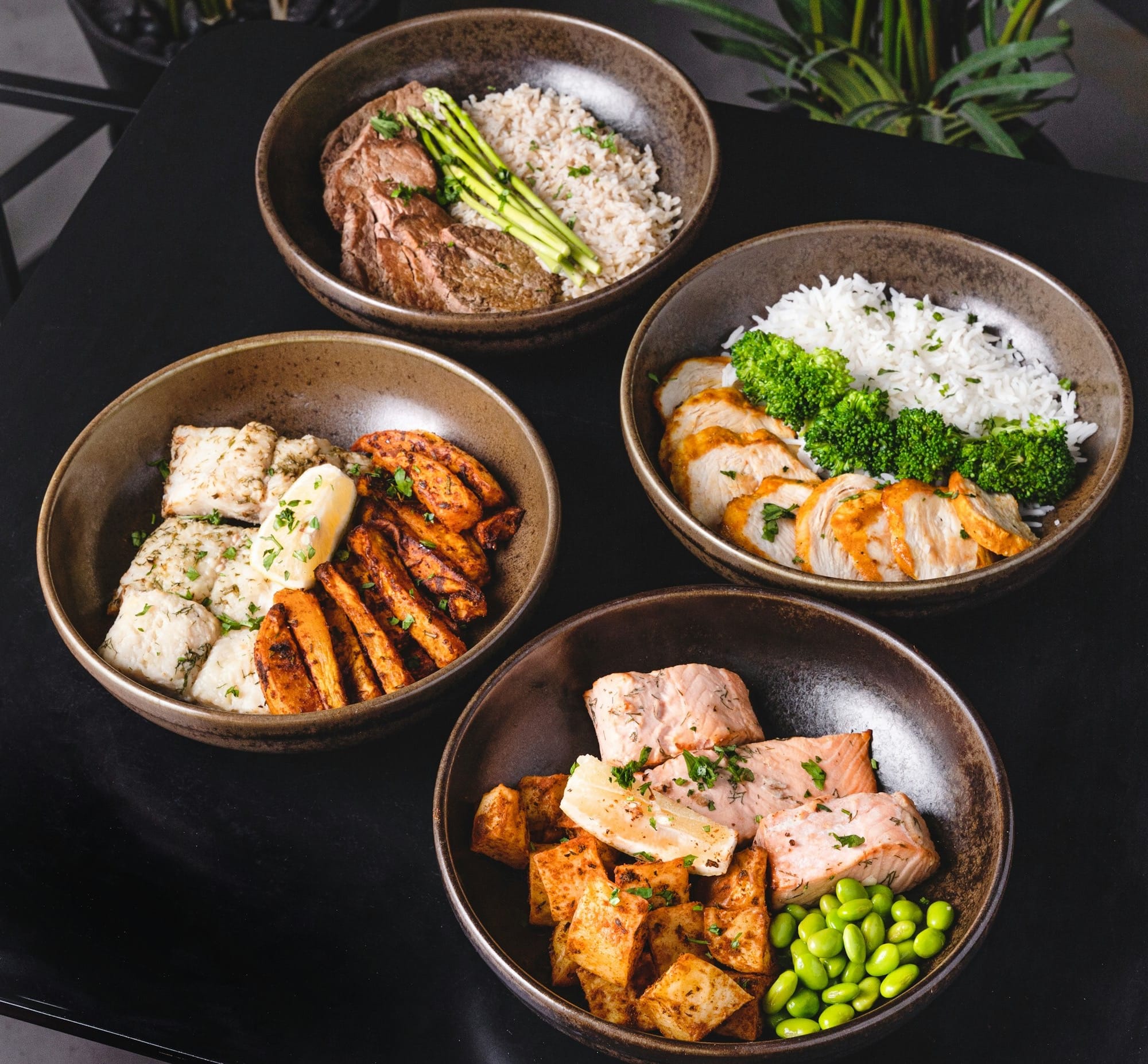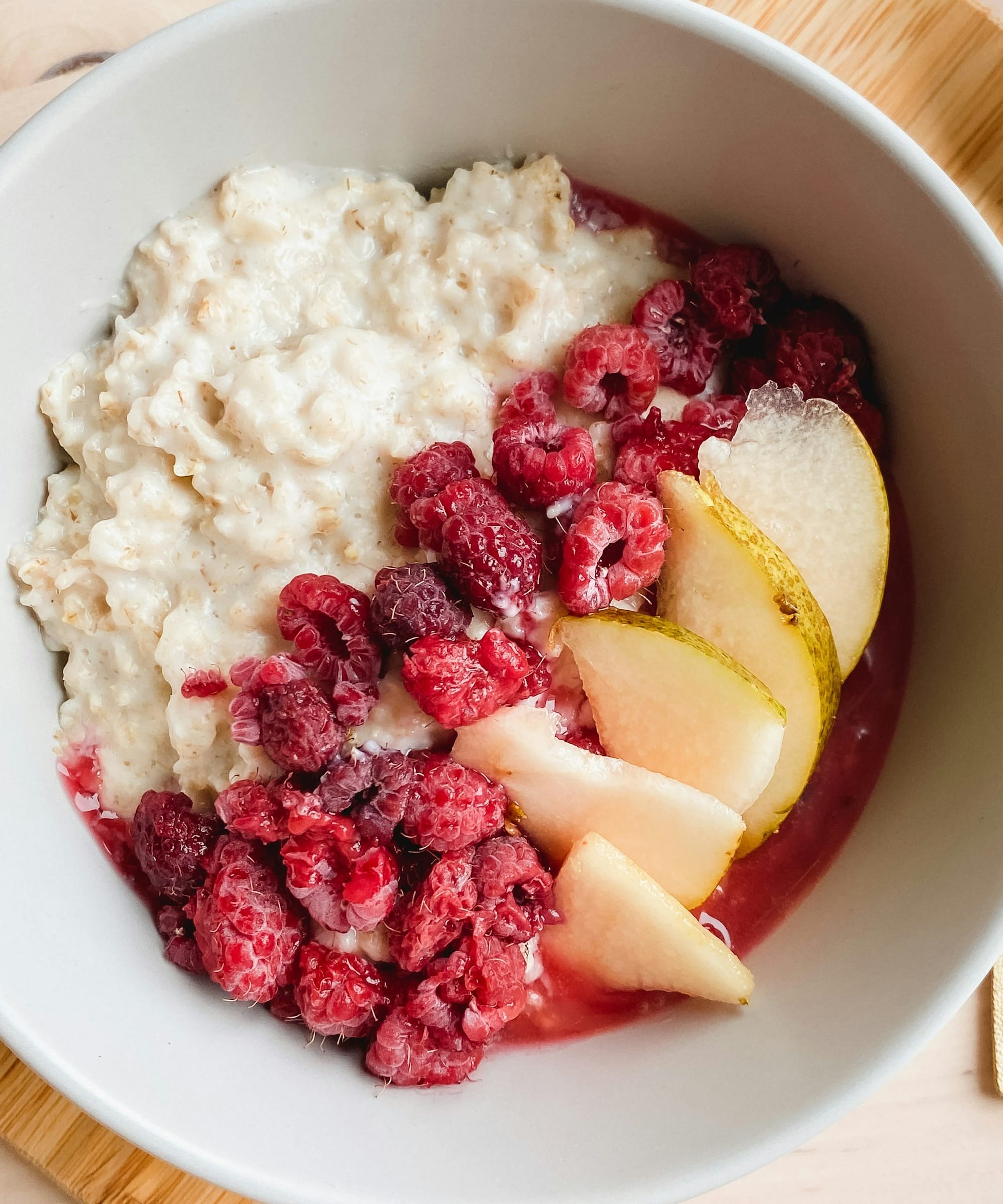Balance blood sugar and boost energy with a low-glycemic meal plan. Discover healthy carbs, smart food swaps, and meals that support weight loss.

If you’re aiming to manage your weight, reduce cravings, or support your health while on a weight loss medication like Ozempic, paying attention to your blood sugar is key. One of the most effective ways to do that? Focus on eating foods with a low glycemic index—also known as low-GI foods.
These foods digest more slowly, cause fewer spikes in blood sugar, and help keep you feeling fuller longer. In this article, we’ll break down how the glycemic index works, why it matters for weight loss and energy, and how to build a low-glycemic meal plan that works for your lifestyle.
The glycemic index (GI) is a ranking system that measures how quickly a carbohydrate-containing food raises blood sugar. Foods are scored from 0 to 100:
When you eat high-GI foods like white bread, sugary cereals, or soda, your blood sugar rises quickly—and then crashes, often leaving you tired, hungry, and craving more carbs.
In contrast, low-GI foods like oats, lentils, or sweet potatoes lead to more stable energy and fewer cravings—important benefits whether you're managing diabetes or simply trying to feel your best.
Balanced blood sugar doesn’t just affect how you feel—it influences how your body stores and burns fat. Here’s how a low glycemic diet supports your weight loss journey:
Whether you’re on Ozempic, Mounjaro, or just making lifestyle changes, eating low-GI foods can amplify your results.
To build balanced meals, aim to combine low-GI carbs with protein, fiber, and healthy fats. Here’s a quick reference list:
Tip: The more processed a food is, the higher its glycemic index tends to be. Choose whole or minimally processed options when possible.

This simple 1-day plan is designed to keep your blood sugar stable while supporting weight loss, energy, and satisfaction.
Steel-cut oats with chia seeds, almond butter, and blueberries
Lentil and quinoa salad with mixed greens, cherry tomatoes, cucumbers, and lemon-olive oil dressing
Baked salmon with roasted sweet potatoes and steamed broccoli
Stay hydrated throughout the day with water, herbal teas, or infused water with lemon or mint.
A low-glycemic approach isn’t about cutting carbs—it’s about choosing the right ones. When you focus on healthy carbs, fiber, and balanced meals, you’re not just managing blood sugar—you’re building a sustainable way of eating that supports energy, digestion, and long-term wellness.
Whether you’re taking medication or not, stable blood sugar can help you feel more in control of your cravings, your mood, and your results.
Looking for more nutrition tips for lasting success?
Explore our Nutrition & Meal Planning content →
Or sign up for updates for weekly insights and meal ideas from Wezempic.